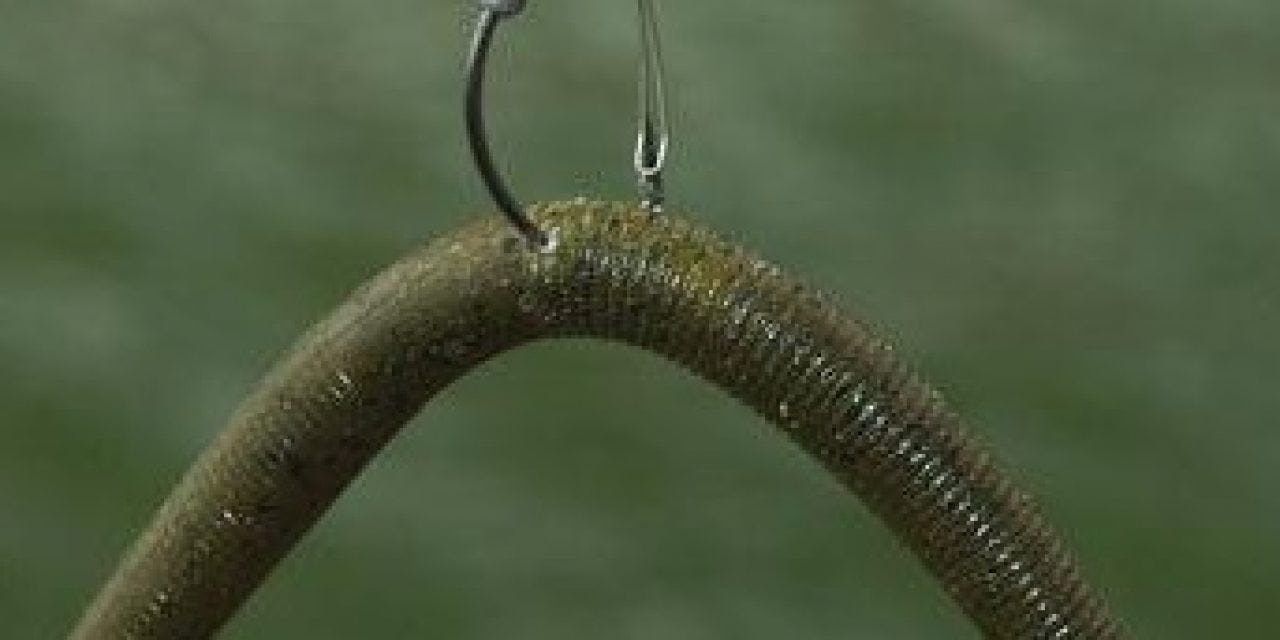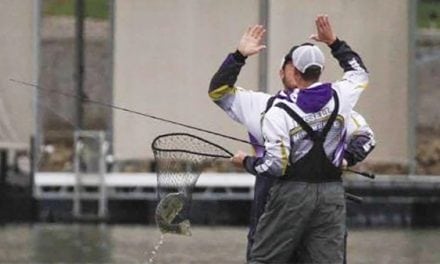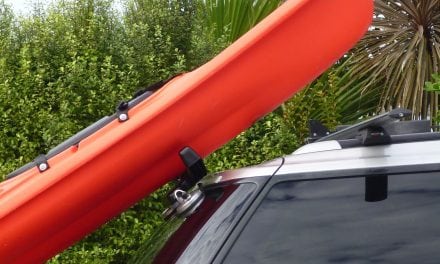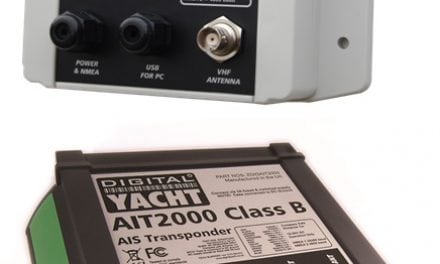 Admittedly, Jared Lintner’s favorite bass lures are big swimbaits – he once caught 11 and 12-pounders on back-to-back casts with one – but when fishing becomes more difficult, the Yamaha pro doesn’t hesitate to change to a wacky rig worm.
Admittedly, Jared Lintner’s favorite bass lures are big swimbaits – he once caught 11 and 12-pounders on back-to-back casts with one – but when fishing becomes more difficult, the Yamaha pro doesn’t hesitate to change to a wacky rig worm.
The wacky rig, so-called because the plastic worm is hooked through the middle of the body rather than at one end, provides a natural, non-intrusive presentation that attracts bass in both shallow and deep water throughout the year. Practically any size worm can be used, but Lintner prefers 4 to 7-inch lengths.
“The wacky rig has been around for many years, and most only fished it during the spring,” Lintner explains, “but now we know you can use it anytime except perhaps during the winter. I think a wacky rig is most effective at depths down to about 10 feet, but I’ve caught bass as deep as 40 feet with it.”
In shallower water, the Yamaha angler usually fishes the worm without a weight, and if he’s working brushy cover or vegetation he’ll choose a 3/0 hook with a weedguard to avoid getting snagged. In open water, he’ll fish the wacky rig with the hook exposed and possibly change to a larger 4/0 size.
If he fishes deeper than about 10 feet, Lintner usually adds a small 1/8-oz. screw-in weight.
“Actually using a wacky rig is pretty simple, too,” he adds. “I just throw it out, let it reach the bottom, and then just leave it there for a few seconds. If I don’t get a strike, I shake my rod tip so the worm starts dancing. I fish it anywhere, too, around laydowns, rocks, bushes, weedy vegetation, and even on spawning beds.
“The advantage a wacky rig has over a Texas rig is that it appears more natural, which is just what you want when bass are hesitant to bite or if they’re receiving heavy fishing pressure. By rigging a worm in the middle, both ends quiver and shake as the worm sinks.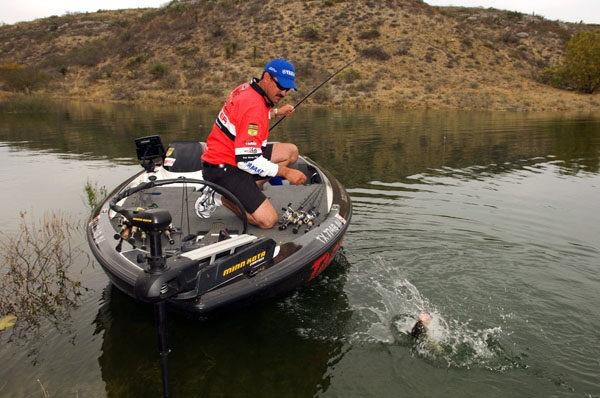
“This is also a great follow-up lure if a bass strikes and misses another lure you’re using. I’ve caught a lot of fish making a quick cast with a wacky rig to the very same spot, so I always have one rigged and ready.”
One misconception many anglers have about the wacky rig is that it’s primarily a light tackle, light line technique, but Lintner disagrees. While he prefers 8 to 15-pound fluorocarbon, depending on the water clarity and cover he’s fishing, he often uses 20-pound fluorocarbon and a medium/heavy action flipping rod.
“It’s not necessarily a little fish technique,” the Yamaha pro emphasizes. “I’ve caught bass up to 11 ½-pounds with a wacky rig, and I’ve had two top-15 finishes in the Bassmaster® Elite tournaments on Lake Amistad, a lake full of timber and known for big bass, using a wacky rig.
“Mainly, however, I think a wacky rig works best when conditions are really difficult and bass simply aren’t feeding actively. Rigged with a hook through the middle, a plastic worm probably looks more natural in the water than any other way you can fish it.”
The post Wacky Worm Rig Often Tempts Finicky Bass appeared first on ODU Magazine-North America's #1 Digital Fishing Magazine.

